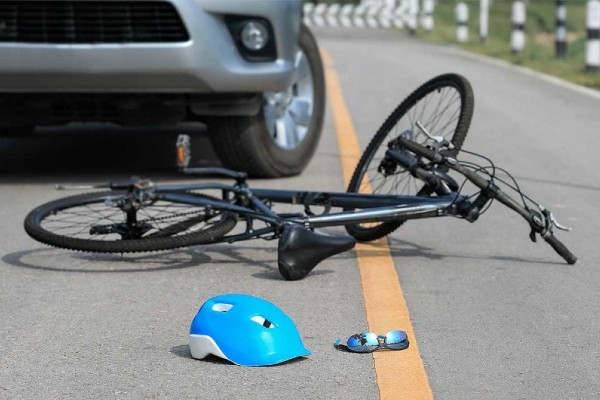Bike Accident Liability Guide
Bike accidents have become an increasing concern for many urban and rural areas alike; therefore, it is important to know the bike accident liabilities and facts, in case you become injured. With the growing popularity of cycling for both commuting and recreation, it’s crucial to understand the risks and legal implications associated with bike accidents. In the aftermath of an accident, determining liability is a critical aspect that can influence the outcome of your case and the compensation you receive. At Pulvers, Pulvers & Thompson, L.L.P., we understand the intricacies of liability in bike accidents and are here to help you navigate your case. Keep reading for a detailed guide on bike accident liability!
Factors Affecting Liability
Since someone on a bike is more likely to be injured than someone in a car, it is most often the case that drivers are held to a higher standard of care and caution on the road than cyclists. Nonetheless, there are a variety of factors involved that determine the exact liability of the person or people involved in the accident.
Motor Vehicle Involvement
- Driver Negligence: In many bike accident cases, the liability falls on the driver of a motor vehicle. Common forms of driver negligence include failing to yield the right of way, speeding, running stop signs or red lights, and driving under the influence. The Insurance Institute for Highway Safety (IIHS) states that cyclist fatalities due to motor vehicles have increased significantly in the past few decades, highlighting the significant role that motor vehicle operators play in determining liability.
- Distracted Driving: The rise in distracted driving, such as texting or using a mobile phone, increases the risk of accidents involving cyclists. Distracted drivers may not see cyclists until it’s too late, leading to serious collisions.
Cyclist Actions
- Cyclist Error: New York City law permits bikers to use both main and local streets regardless of the presence of a designated bike lane. While drivers are often at fault, cyclists also have a responsibility to follow traffic laws and signals. If a cyclist is found to have been riding recklessly, such as running a red light or riding against traffic, this could impact the determination of liability. However, even if a cyclist was partially at fault, they may still be entitled to compensation.
- Compliance with Safety Regulations: Cyclists must adhere to safety regulations such as wearing helmets, using lights at night, and following traffic rules. Failure to do so can sometimes influence liability, especially if non-compliance contributed to the accident.
Third-Party
- Vehicle Defects: In some cases, liability might lie with the manufacturer of a vehicle if a defect contributed to the accident. For example, a malfunctioning brake system could lead to a collision with a cyclist.
- Property Owners: If an accident occurs due to hazardous conditions on private property, the property owner could be held liable. This is often the case when a poorly maintained parking lot or driveway causes an accident.
Resolve Your Case With an Attorney
At Pulvers, Pulvers & Thompson, L.L.P., we specialize in personal injury law and have extensive experience in handling bike accident cases. Our team is dedicated to thoroughly investigating your case, gathering crucial evidence, and determining all parties that may be liable. We work tirelessly to ensure that you receive the compensation you deserve for medical expenses, lost wages, pain and suffering, and other damages. Contact us today!


